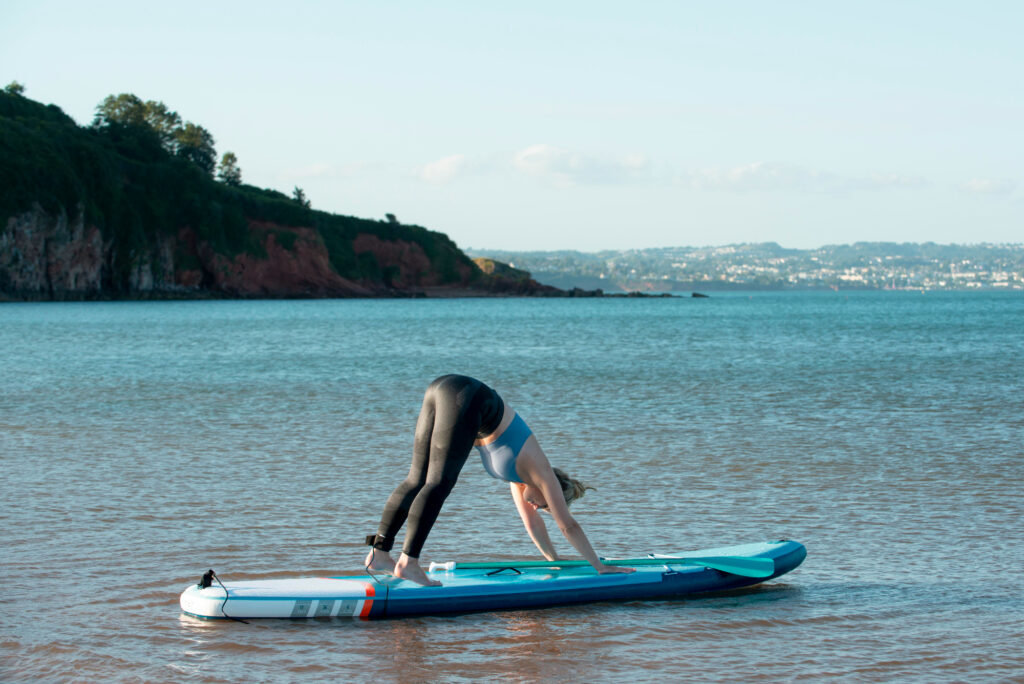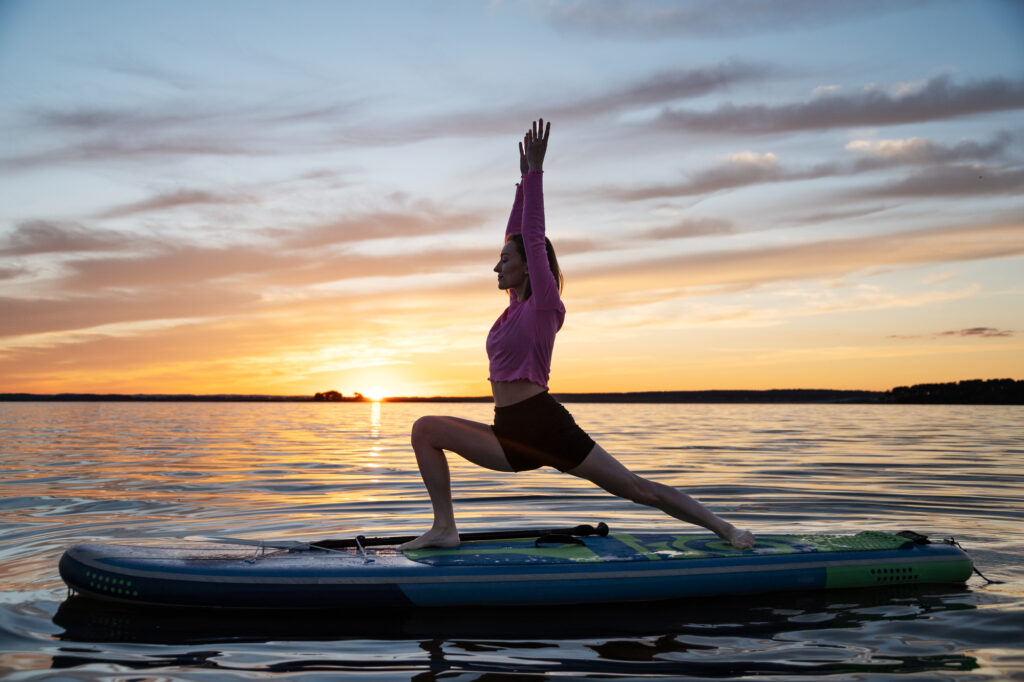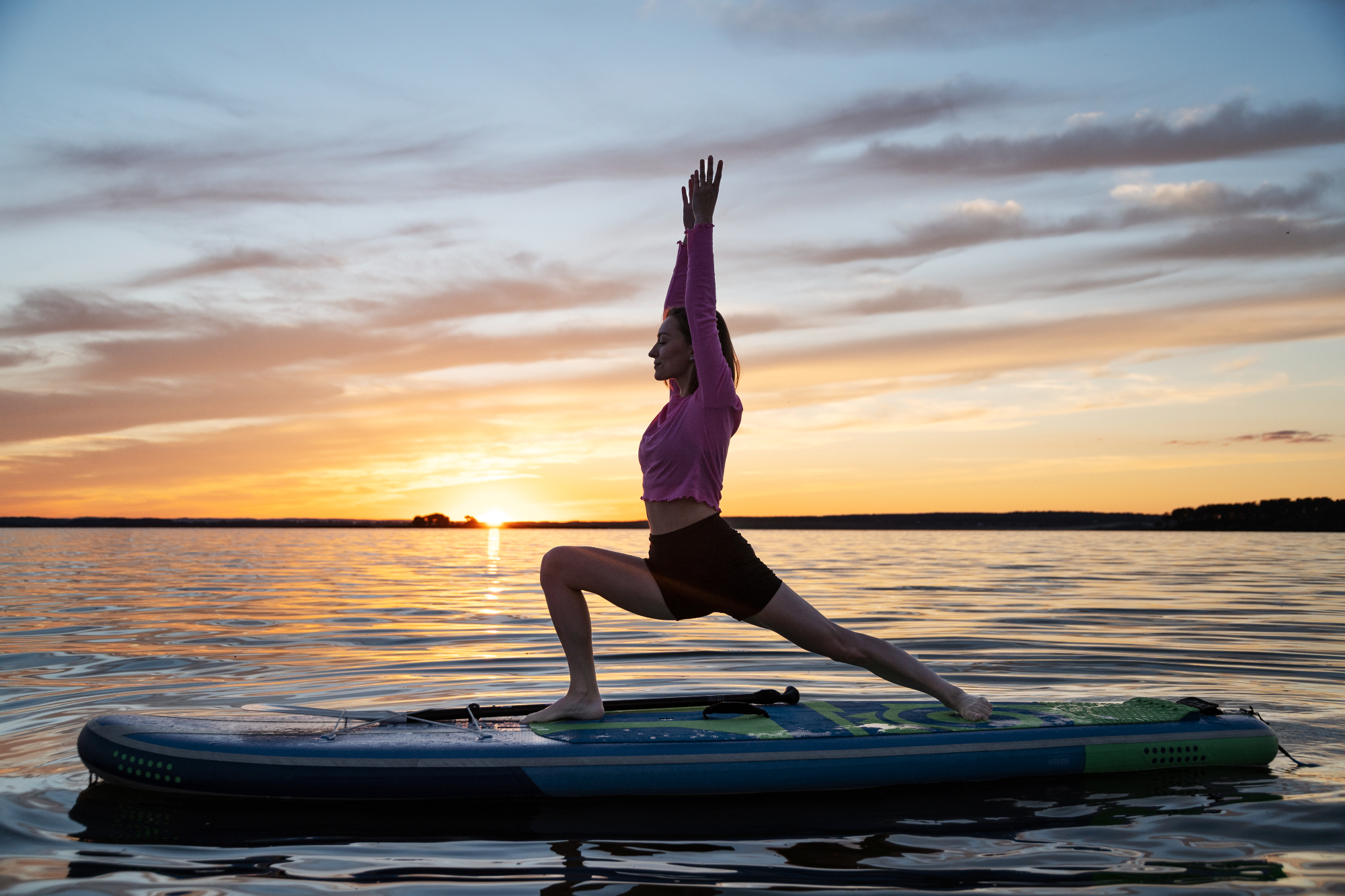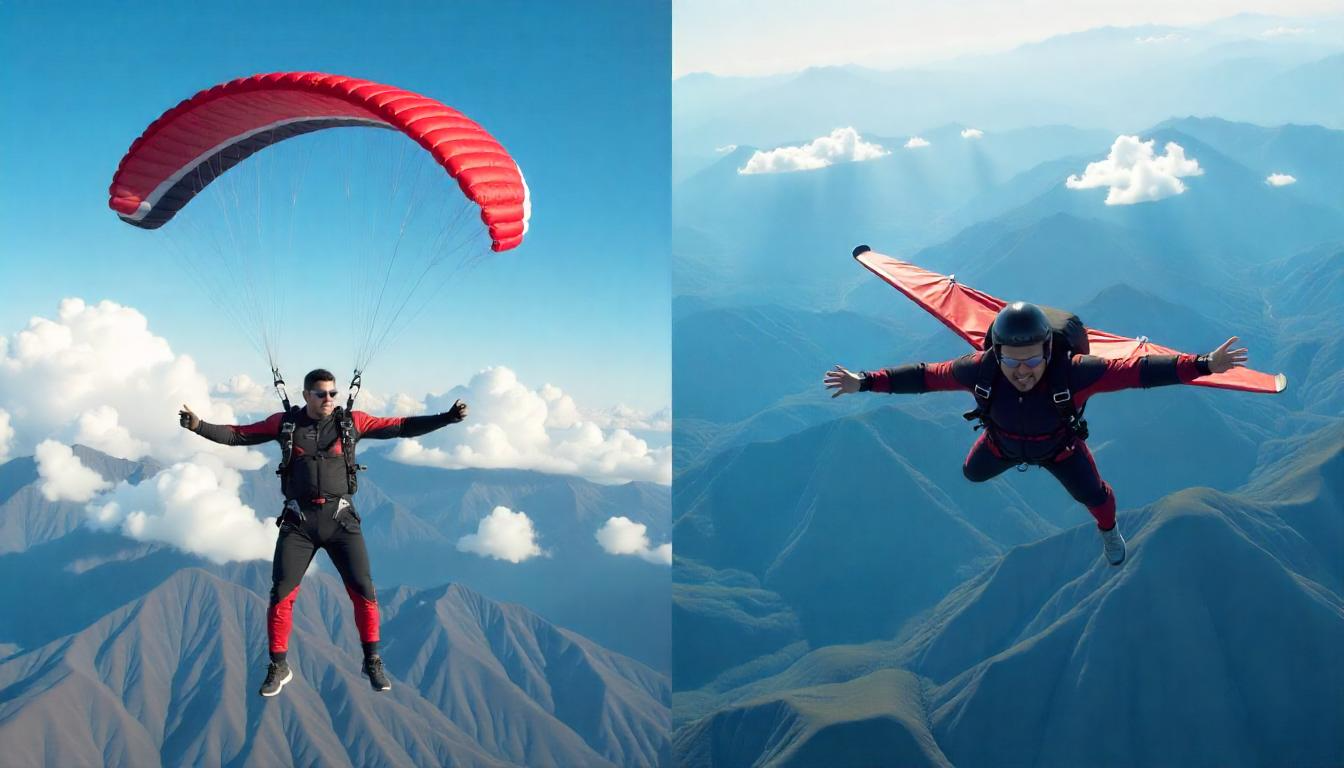Paddleboard yoga merges the peacefulness of traditional yoga with the stunning scenery of being on the water. This combination offers a unique experience that can enhance both your body and mind. However, it is important to note that keeping your balance while on a paddleboard can be quite difficult. The movement of the water adds an extra layer of challenge that is not present on solid ground. This guide provides essential tips on how to maintain stability during your paddleboard yoga sessions. You will learn about the importance of core strength, which plays a vital role in helping you stay steady. A strong core allows for better control and balance, making it easier to hold your poses without wobbling.
Choosing the right location for your practice is another key factor. Calm waters with minimal waves will make balancing far simpler than choppy conditions. Look for spots that are protected from wind and waves, ensuring a smoother experience. Adjusting your yoga poses is also crucial when practicing on a paddleboard. Some poses may need slight modifications to keep your balance. For instance, lowering your center of gravity by bending your knees can help in maintaining stability. Get ready to improve your yoga practice by incorporating these tips. Enjoy the calmness of the water and the beauty of your surroundings. Paddleboard yoga not only strengthens your body but also brings a sense of serenity that enhances your overall experience. Embrace the journey and find your inner peace on the water.

Choosing the Right Paddleboard
Paddleboard yoga starts with selecting the right paddleboard. This board serves as your foundation, and a stable board will help keep your yoga poses balanced.
Focus on Width and Stability
A wider board offers more stability. For yoga, boards that are 31-36 inches wide are ideal. These wide, flat paddleboards make it easier to balance and remain steady on the water.
Consider Thickness and Volume
Paddleboards that are 5 inches thick or more provide better buoyancy and stability. Boards with high volume, which contain more air, float well on water and create a solid base for balancing poses.
Choose a Non-Slip Surface
It’s important for the paddleboard to have a non-slip grip or a texture similar to a yoga mat. This prevents your hands and feet from slipping, allowing you to concentrate on yoga without the worry of falling.
Pay Attention to Shape and Length
Paddleboards with oval or rounded edges tend to be more stable. For yoga, boards that are 10-12 feet long are just right—not too short and not too long.

Building Core Strength and Awareness
The secret to paddleboard yoga is a strong core. When you’re on the water, every slight movement makes the board move, and that’s where your core muscles come into play. Core strength is important not just for a six-pack, but for maintaining balance and stability of the entire body. So, a little core strengthening before yoga will help. You can do planks, side planks and crunches at home or in the gym. These exercises help you control your body on the board and find your center. Start with small movements on the paddleboard – like sitting on the board and twisting slightly or touching the water with your hands. These simple moves increase your core awareness and also boost your confidence above the board. Slowly when your core is strong, you will be able to easily do standing poses or balancing asanas.
Moving from Seated to Standing

The transition from a seated position to standing can be the trickiest part of paddleboard yoga, but if you do it slowly and mindfully, maintaining balance becomes easier. First, sit in the center of the board, where the handle is – this is the most stable part of the paddleboard. Come to your knees and keep your feet hip-width distance apart. While watching the water, lightly grab the board with your hands and slowly stand up by raising one foot at a time. While standing, keep your eyes on the horizon as looking down can cause a loss of balance. Engage your core muscles and keep your knees soft so you can adjust easily. If you feel the board is becoming unstable, return to your knees and try again. The more times you practice this process, the more your balance and confidence will improve.
Beginner-Friendly Yoga Flow
When doing yoga on a paddleboard, always start with simple and stable poses. The beginner-friendly yoga flow will give you the confidence to maintain balance and gradually prepare you for advanced poses. Start with Child’s Pose – sit on your knees, keep your feet slightly apart, bend forward and stretch your hands over the board. This pose will help ground you.
Next, do Cat-Cow Pose – come down on your hands and knees and bend your back down while inhaling (Cow Pose) and raise your back up while exhaling (Cat Pose). This pose will activate your spine and core. Then try moving into Downward Dog – keep your hands and feet equidistant and lift your hips up. This pose can be a little challenging, but if you distribute your weight evenly you will maintain balance. If you feel confident, try a standing pose like Warrior II, but make sure you move slowly and keep your gaze on the horizon. This flow is simple but improves the coordination of your body and mind above the board. With regular practice you will gradually be able to shift to more complex poses.

Advanced Balancing Techniques
Once you are confident in the basics of paddleboard yoga, trying advanced balancing techniques is the next step. These techniques further strengthen your core, focus, and stability. First, work on single-leg poses like Tree Pose. Stand at the center of your board and balance by placing one pair slowly inside the other pair. This may seem challenging at first, but if you keep your gaze on the horizon and control your breathing, the pose becomes stable.
In the next step, add a pose like Side Plank – lift body to the side while supporting the board with one hand and foot. This pose tests your obliques and shoulder strength. If you lose balance, modify the pose by coming down on your knees. Dynamic poses like Dancer’s Pose also improve your balance and flexibility. Stand on one foot and take the other foot behind you and hold it with your hands so that your body forms an arc. These poses require not only strength but also mental focus.
When doing advanced poses, accepting the fall and trying to get back is the most important thing. Instead of being afraid of falling, consider it a part of learning. Every time you fall and get up, your balance becomes stronger. With regular practice these advanced techniques begin to become effortless on the paddleboard.

Mental Focus and Relaxation
Paddleboard yoga is not just a game of physical balance, but also of mental focus and relaxation. When you’re on the water, every small distraction can make you lose balance. Therefore, it’s very important to keep both your focus and breathing under control. When starting, fix your gaze on the horizon – this technique is called drishti, which boosts your stability and concentration.
The calmer your mind is, the more your body will balance. Practice deep breathing – engage your core while inhaling and relax your body while slowly exhaling. This breathing pattern keeps your mind stable and makes you feel grounded in each pose. If the board wobbles or you feel like you’re about to fall, don’t panic. Take a pause and return to Child’s Pose or seated position. This moment gives you time to reset your thoughts.
The fun of Paddleboard yoga is that it brings you back to the present moment. When you focus on your breathing and focus, you find a deep relaxation amidst the sound of water and nature. Slowly, this practice of mental focus and relaxation enriches your overall balance and yoga experience.

Final Tips for Success
Paddleboard yoga is a journey that can only be mastered with patience and practice. The most important tip is to enjoy your progress and enjoy each step. You may feel a little wobbly in the beginning, but this is part of the process. Regular practice will improve both your balance and confidence. Before each session, spend some time sitting on the board and connecting with the water and surroundings – this calms your mind and body.
Focus on simple and grounded poses until you are comfortable with the basics. Slowly, as your confidence grows, try standing and advanced poses. Don’t forget to keep your core engaged – it’s your secret weapon when the board shakes. You don’t have to be afraid of falling! Falling is part of the fun. When you fall and try to get back up, that’s when you understand the real meaning of balance. After every fall, smile a little and get back into the pose.
Most important – be patient and listen to your body. The goal of Paddleboard yoga is not just to perfect the poses, but to enjoy mindfulness and relaxation amidst water and nature. With practice, you will find this journey even more rewarding!

Conclusion
Mastering balance on a paddleboard while practicing yoga requires focus, consistent practice, and the right techniques. It is essential to find your center of gravity. This involves shifting your weight correctly to avoid tipping over. Engaging your core muscles helps stabilize your body and improves your overall balance. Steady breathing plays a vital role as it keeps you calm and focused.
Practicing regularly is crucial. The more often you paddleboard and do yoga, the more your balance will improve. Each session allows you to refine your skills and build confidence on the water. This activity is not just about physical fitness; it is also a way to connect with nature. Being surrounded by water and fresh air can enhance your well-being. Embrace the challenge of maintaining balance on a paddleboard. This is an opportunity to deepen your practice and connect with yourself. Each time you step onto the board, you are engaging in a unique experience that brings peace and clarity. Take the time to appreciate the calming effects of paddleboard yoga. Make every session meaningful and enjoy the journey towards balance and inner peace.




